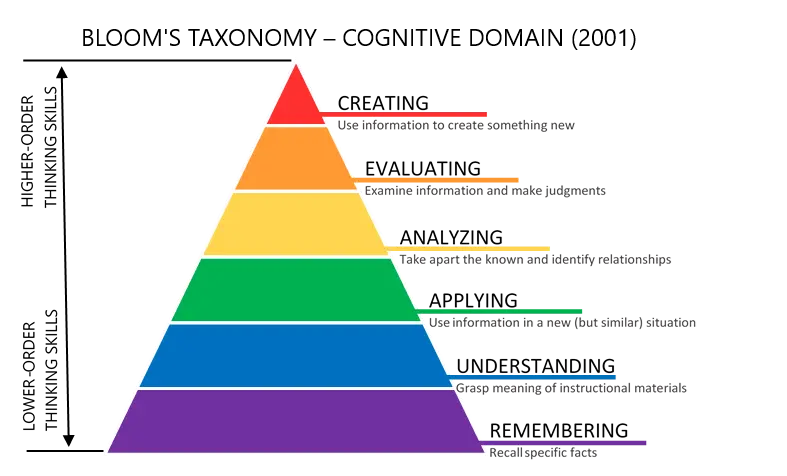Outcomes are concise statements focused on the critical functions, services, and processes that impact customer satisfaction, student success, and support services. Outcomes describe what the audience will experience, receive, or understand as a result of the department’s activity, service, or process. They may clarify the desired quality or performance of services and functions or describe level of understanding, skills or awareness that will be reached.
When writing an outcome statement, consider what you’re going to do in order to accomplish the goal. Think about what type of learning needs to happen in order to support the goal.
Writing Outcome Statements
Audience
Define the Audience – Determine who.
Example: “Students who attend The Leadership Series”, “Parents”, “External Stakeholders”, “Faculty and still will receive”
Action Phrase
Choose an action word/phrase. What is being learned – knowledge, skill, attitude?
Example: “will be able to identify”
Learning Statement
Learning Statement – Under what condition of learning or what level of learning
Example: “leadership theory in a professional environment”
Examples
“Students who attend The Leadership Series will be able to identify effective leadership theories in a professional work environment by the end of the series.”
“Improve the success of first-generation students with little previous academic success by providing appropriate support services during the academic year.”
“Internal and external clients will be satisfied with the services provided by the research office, decreasing the number of complaints by the end of the academic year.”
“At the end of orientation, parents will be able to describe the types of resources available for intervention and safety.”
Tips for Writing Outcomes
- Be sure that outcomes are precise, specific and clear statements that tell the intended accomplishments.
- Each goal should have two to three outcomes to support it.
- Using Bloom’s Taxonomy can help with determining the level of engagement for outcomes.
Bloom’s Taxonomy – Cognitive Domain (2001)
Bloom’s Taxonomy is typically depicted in a pyramid shape to show the foundational relationship of lower-order thinking skills building up to higher-order thinking skills. The following levels of Bloom’s Taxonomy are listed from higher-order to lower-order thinking skills:
- Creating – Use information to create something new
- Evaluating – Examine information and make judgements
- Analyzing – Take apart the known and identify relationships
- Applying – Use information in a new (but similar) situation
- Understanding – Grasp meaning of instructional materials
- Remembering – Recall specific facts
